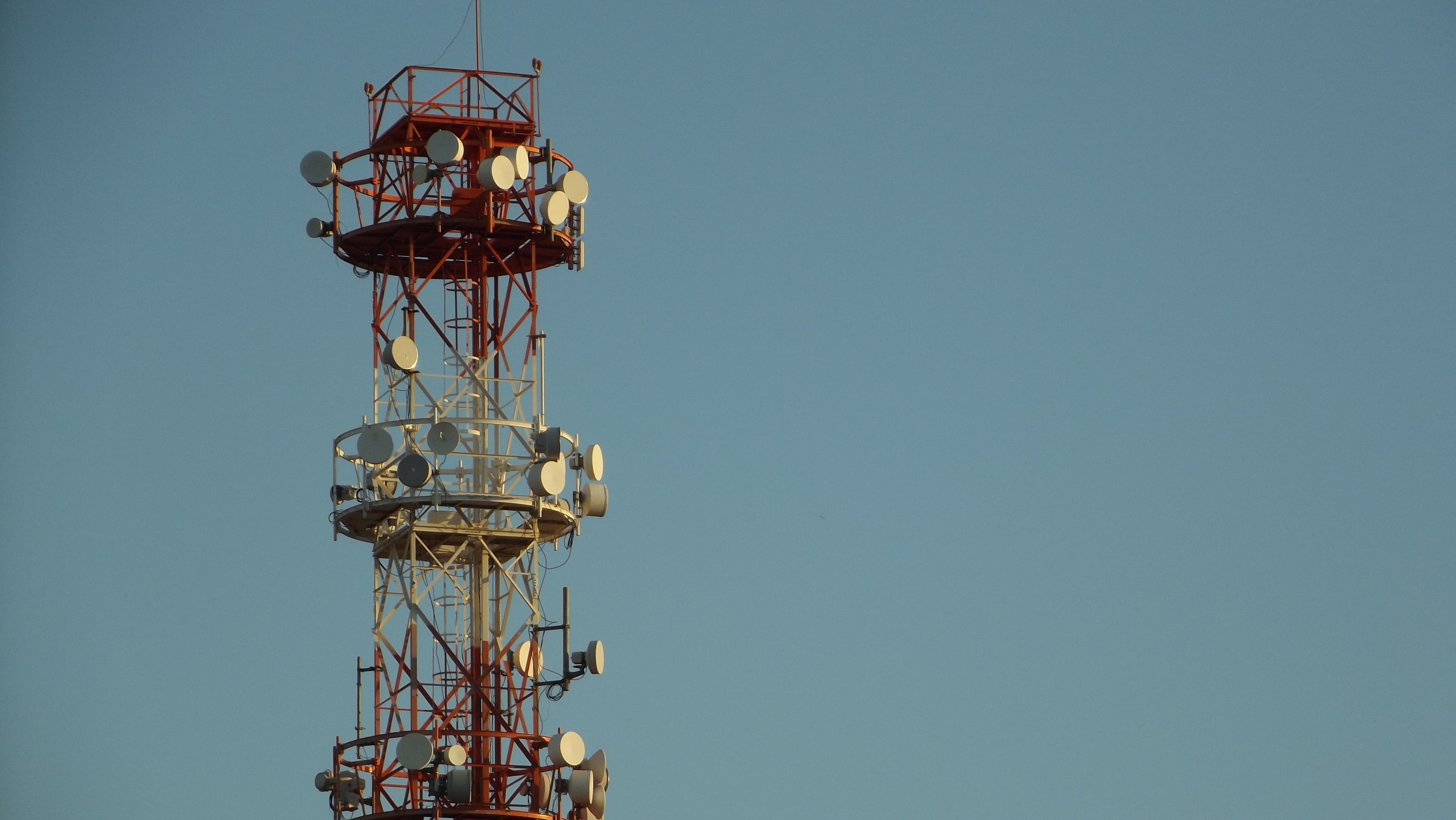AT&T to provide 5G to 12 markets by end of 2018, fibre to 82 metros by mid-2019
AT&T has announced that it will be providing 5G services in around 12 markets by late 2018, with plans to offer the service to consumers while it trials 5G technology with businesses across all industries.
Calling it an "ambitious milestone", AT&T said these 5G networks will be ready by the end of the year thanks to 3GPP completing 5G New Radio (5G NR) standards last month.
"We're moving quickly to begin deploying mobile 5G this year," president of AT&T Technology and Operations Melissa Arnoldi said.
"With faster speeds and ultra-low latency, 5G will ultimately deliver and enhance experiences like virtual reality, future driverless cars, immersive 4K video, and more."

AT&T said it is also continuing to work on advanced LTE technologies including LTE-LAA, which is expected to launch in around 24 metros during 2018.
AT&T's 5G Evolution network technology has now been deployed in 23 metro areas: Atlanta, Georgia; Austin, San Antonio, and Houston, Texas; Boston, Massachusetts; Hartford and Bridgeport, Connecticut; Buffalo, New York; Chicago, Illinois; Los Angeles, San Diego, San Francisco, Sacramento, and Fresno, California; Greenville, South Carolina; Indianapolis, Indiana; Louisville, Kentucky; Memphis and Nashville, Tennessee; New Orleans, Louisiana; Oklahoma City and Tulsa, Oklahoma; and Pittsburgh, Pennsylvania.
"While we are rolling out mobile 5G in 2018, we also plan to continue to enhance our network with 5G Evolution technology in hundreds of additional metro areas," the mobile carrier added.
"We will give you more options to access our latest wireless network offers by making additional 5G Evolution-capable devices available throughout the year."
It also plans to add 3 million more locations to the AT&T Fiber network, for a total of 12.5 million locations across 82 metro areas by mid-2019. New metros being targeted by AT&T's full-fibre network include Waco, Amarillo, and Beaumont, Texas; Gainesville and Panama City, Florida; Springfield, Missouri; and Evansville, Indiana.
By the end of 2017, AT&T Fiber had reached 7 million locations across 67 metros nationwide.
G.fast will be launched to apartment communities across 21 states during 2018, AT&T added, after launching the fibre technology last year to enable speeds of up to 500Mbps in eight metro areas.
AT&T's fixed-wireless network, meanwhile, will also continue being expanded during 2018, out to a total of 660,000 locations. By 2020, AT&T said it plans to reach 1.1 million locations with its fixed-wireless network, which is being deployed in partnership with Australian telecommunications technology company NetComm Wireless.
During 2017, AT&T also rolled out its nationwide Cat-M1 or LTE-M Internet of Things (IoT) network, as well as extending this to Mexico.
It last month kicked off its biggest 5G trial network in Waco, Texas, using millimetre-wave (mmWave) spectrum and 5G radio and antenna prototypes after announcing in August that it would expand its 5G trials to three more cities by the end of 2017 in Waco, as well as in South Bend, Indiana, and Kalamazoo, Michigan.
For those three trial networks, AT&T is using Ericsson's 28GHz radios, virtualised RAN (vRAN), and full 5G virtualised core; Intel's 5G mobile trial platform; Samsung's 5G router, 5G RFIC chipset, virtualised core, and vRAN; and Nokia's 5G equipment and solutions.
AT&T launched its 5G Evolution upgrade on its network in Austin, Texas in June, followed by Indianapolis, Indiana, in July.
At the end of December, AT&T also combined with Ericsson on 5G NR interoperability trials.
The trials also included T-Mobile, Verizon, and Sprint, along with Australian mobile carrier Telstra; Japanese carrier NTT DoCoMo; Korean carrier SK Telecom; and European carriers Vodafone and Orange.
The live lab demonstrations saw the companies utilise the 3.6GHz and millimetre-wave (mmWave) 28GHz spectrum frequencies using Ericsson's pre-commercial 5G base stations and Qualcomm's 5G NR UE prototypes.